
What Is Freebase Nicotine?
Key Characteristics of Freebase E-Liquids
-
Strong Throat Hit: Due to its higher pH level, freebase nicotine provides a pronounced throat hit that many former smokers find satisfying. This sensation is similar to traditional cigarettes and is preferred by those who enjoy a sharper feel . -
Slower Absorption: Freebase nicotine absorbs into the bloodstream more slowly compared to nicotine salts. This means it may take longer to satisfy nicotine cravings, leading to longer vaping sessions . -
Device Compatibility: It works best with high-wattage, sub-ohm devices that produce large vapor clouds. These include mods and advanced vape kits designed for direct-to-lung (DTL) vaping . -
Nicotine Strength Range: Freebase e-liquids typically come in lower concentrations, ranging from 0mg to 18mg. Common options include 3mg, 6mg, and 12mg, making them ideal for vapers who prefer controlled nicotine intake .
Pros and Cons of Freebase Nicotine
-
Rich flavor profiles due to higher PG ratios. -
Ideal for cloud chasers and hobbyist vapers. -
Widely available and cost-effective in the Canadian market .
-
Can be harsh at higher nicotine strengths (e.g., above 12mg). -
Not suitable for low-power devices like pod systems. -
Slower nicotine delivery may not meet the needs of heavy smokers.
What Are Nicotine Salts?
Key Characteristics of Nicotine Salt E-Liquids
-
Smooth Throat Hit: The reduced pH level makes nic salts much smoother on the throat, allowing for high nicotine strengths without the harshness associated with freebase nicotine. This makes them comfortable for frequent use . -
Faster Absorption: Nic salts are absorbed into the bloodstream quickly, providing near-instant nicotine satisfaction. This fast action helps curb cravings effectively, similar to the experience of smoking a cigarette . -
Device Compatibility: They are designed for low-wattage devices like pod systems and mouth-to-lung (MTL) vapes. These devices typically have higher resistance coils (above 1.0 ohm) and are portable and user-friendly . -
Nicotine Strength Range: Nic salt e-liquids are available in higher concentrations, usually from 20mg to 50mg. In Canada, the legal nicotine cap is 20mg/mL, so most products adhere to this limit for safety and compliance .
Pros and Cons of Nicotine Salts
-
Smooth even at high nicotine levels, reducing throat irritation. -
Quick nicotine absorption ideal for smokers quitting cigarettes. -
Compact and discreet usage with pod systems .
-
Limited flavor complexity compared to freebase e-liquids. -
Not compatible with high-power devices due to risk of over-nicotining. -
Often more expensive than freebase options .
Key Differences Between Freebase and Nicotine Salts
| | | |
|---|---|---|
| | | |
| | | |
| | | |
| | | |
| | | |
| | | |
Detailed Breakdown of Differences
-
Throat Hit and Smoothness -
Freebase nicotine’s high pH level creates a stronger throat hit, which can be satisfying for those who miss the sensation of smoking. However, this harshness increases with nicotine strength and may be uncomfortable for new vapers . -
Nicotine salts, with their lower pH, offer a smoother draw even at high concentrations. This makes them suitable for vapers who prioritize comfort and want to avoid irritation .
-
-
Nicotine Absorption and Satisfaction -
Freebase nicotine absorbs slowly, meaning it might take multiple puffs to feel satisfied. This can lead to longer sessions but allows for more controlled usage . -
Nic salts absorb rapidly into the bloodstream, providing a “nicotine rush” similar to cigarettes. This quick satisfaction helps reduce cravings efficiently, making them ideal for heavy smokers .
-
-
Device and Coil Compatibility -
Freebase e-liquids require high-power devices with low-resistance coils (below 0.6 ohms) to vaporize effectively. These include sub-ohm mods and cloud-focused kits . -
Nic salts work best with low-power devices like pod systems and vape pens that have higher-resistance coils (above 1.0 ohm). Using them in high-wattage setups can cause overheating and excessive nicotine intake .
-
-
Vapor Production and Discretion -
Freebase e-liquids produce dense, large clouds due to their high VG content. This is great for cloud chasing but less discreet in public settings . -
Nic salts generate minimal vapor, making them perfect for stealth vaping. Their focus is on nicotine delivery rather than cloud size .
-
How to Choose Between Freebase and Nicotine Salts
Step 1: Consider Your Device Type
-
If You Use a Pod System or Low-Power Device: Nicotine salts are the best match. Their smoothness and high nicotine strength work perfectly with devices like the MR FOG Nova or other pod-based systems commonly used in Canada. -
If You Use a Sub-Ohm Mod or High-Power Device: Freebase e-liquids are ideal. They can handle the high wattage and produce the large clouds these devices are designed for.
Step 2: Evaluate Your Nicotine Needs
-
For High Nicotine Satisfaction Without Harshness: Choose nicotine salts. They’re excellent for former smokers or those who need quick craving relief, especially within Canada’s 20mg/mL cap. -
For Lower Nicotine and Flavor Exploration: Freebase is better. Its wider range of lower strengths (e.g., 3mg–12mg) allows you to enjoy vaping without high nicotine intake.
Step 3: Assess Your Experience Level
-
Beginners or Smokers Transitioning to Vaping: Start with nicotine salts. Their smoothness and fast absorption mimic smoking, making the switch easier. -
Experienced Vapers or Cloud Enthusiasts: Stick with freebase. It offers more customization, richer flavors, and is better suited for advanced devices.
Step 4: Factor in Canadian Regulations and Climate
-
Regulatory Compliance: In Canada, all e-liquids must adhere to the 20mg/mL nicotine limit. Both freebase and nic salts comply, but nic salts are more commonly available at this strength. -
Climate Considerations: Canada’s cold temperatures can thicken e-liquids, affecting wicking. Freebase e-liquids (with higher VG) may struggle in winter, while nic salts (often 50/50 PG/VG) perform better in varied climates.
Common Mistakes to Avoid When Choosing E-Liquids
-
Using Nic Salts in High-Power Devices -
Mistake: Putting high-strength nic salts in a sub-ohm device can cause overwhelming nicotine intake, leading to dizziness or nausea. -
Fix: Always pair nic salts with low-wattage pod systems and freebase with high-wattage mods .
-
-
Ignoring PG/VG Ratios -
Mistake: Using high-VG freebase e-liquids in a pod system can result in poor wicking and burnt coils. -
Fix: For pods, choose 50/50 PG/VG blends (common in nic salts); for mods, opt for higher VG ratios.
-
-
Overlooking Nicotine Strength -
Mistake: Selecting too high or too low a strength can cause dissatisfaction—either insufficient craving relief or harshness. -
Fix: Start low and adjust. For example, begin with 20mg nic salts if you’re a heavy smoker, or 3mg freebase for casual vaping.
-
-
Neglecting Device Maintenance -
Mistake: Using the wrong e-liquid can clog coils or reduce device lifespan. -
Fix: Clean your device regularly and follow manufacturer guidelines for e-liquid compatibility.
-






 MR FOG AURA
MR FOG AURA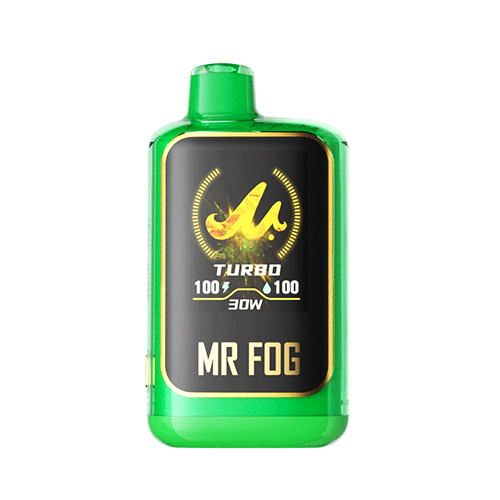 NOVA Apple Steezy
NOVA Apple Steezy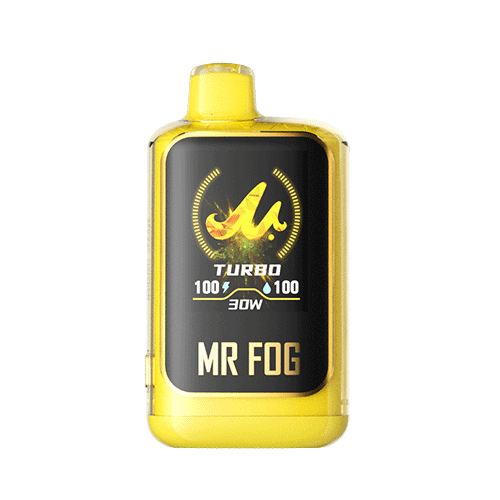 NOVA Banana Steezy
NOVA Banana Steezy NOVA Popup Series
NOVA Popup Series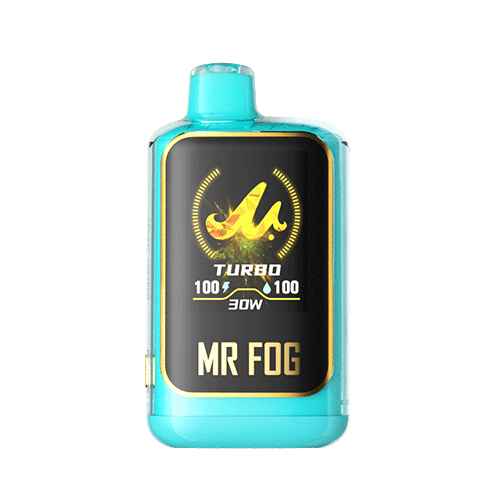 NOVA Bubble Gang
NOVA Bubble Gang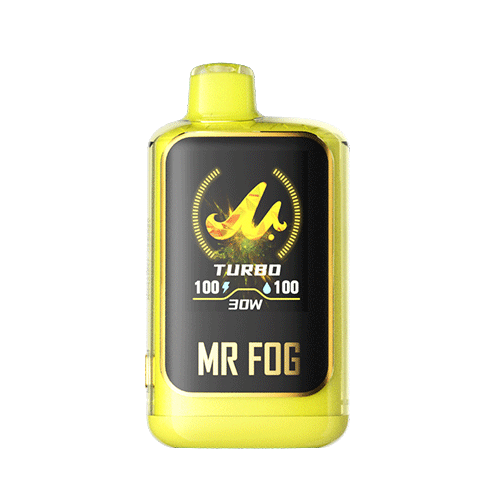 NOVA Lemon Steezy
NOVA Lemon Steezy AURA
AURA NOVA Series
NOVA Series SWITCH 15000
SWITCH 15000 MAX AIR 8500
MAX AIR 8500 SWITCH 5500
SWITCH 5500 Blue Razz Steezy
Blue Razz Steezy Mellow Man
Mellow Man Apple Steezy
Apple Steezy Banana Steezy
Banana Steezy Berry Steezy
Berry Steezy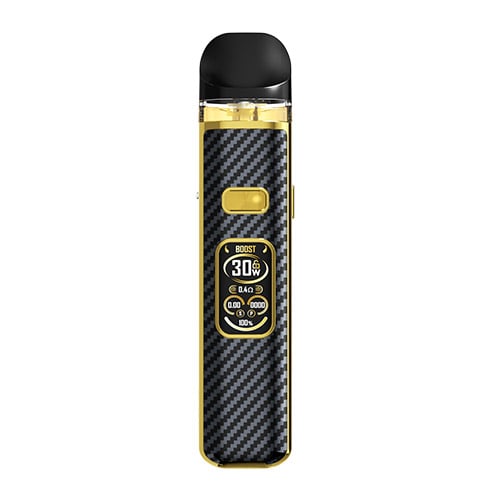 DRT
DRT Nicotine Pouches
Nicotine Pouches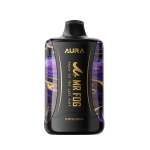 MR FOG AURA
MR FOG AURA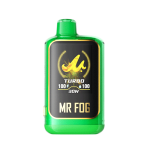 NOVA Apple Steezy
NOVA Apple Steezy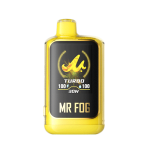 NOVA Banana Steezy
NOVA Banana Steezy NOVA Popup Series
NOVA Popup Series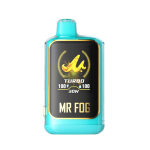 NOVA Bubble Gang
NOVA Bubble Gang NOVA Lemon Steezy
NOVA Lemon Steezy AURA
AURA NOVA Series
NOVA Series SWITCH 15000
SWITCH 15000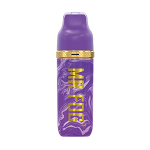 MAX AIR 8500
MAX AIR 8500 SWITCH 5500
SWITCH 5500 Blue Razz Steezy
Blue Razz Steezy Mellow Man
Mellow Man Apple Steezy
Apple Steezy Banana Steezy
Banana Steezy Berry Steezy
Berry Steezy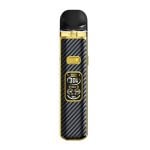 DRT
DRT Nicotine Pouches
Nicotine Pouches